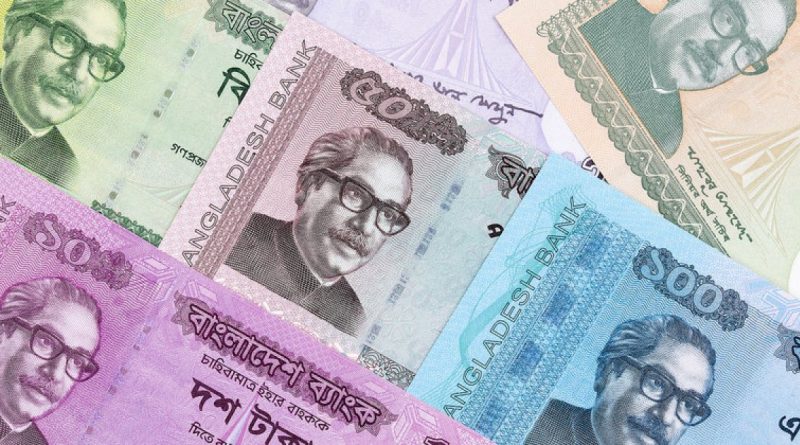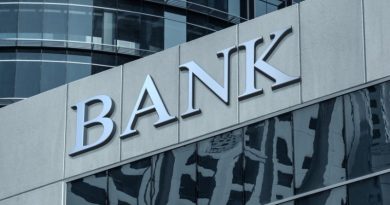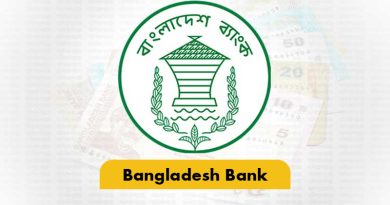Bangladesh’s banking sector turned more reliant on short-term borrowing in July 2025, with call money transactions jumping 31.6% month-on-month to Tk 1.16 lakh crore, according to the Bangladesh Bank’s latest Money Market Dynamics report.
Overnight borrowing remained dominant, making up 84.9% of total transactions, while short-notice loans accounted for 13.1% and term loans just 2%. Call money refers to interbank borrowing for a single day, though short-notice loans span two to 14 days and term loans up to six months.
Despite the sharp increase in borrowing, the weighted average rate (WAR) on overnight call money eased slightly to 10.03%, down 11 basis points from June. The overall call money WAR slipped 18 basis points to 10.14%.
Repo, Liquidity Facilities Show Mixed Trends
Interbank repo turnover fell 5% to Tk 30,332 crore in July, with overnight repos dropping to 34.2% of the total, down from 46.1% in June. In contrast, two-day repos rose to 14.6% from 6.1%. The WAR on interbank repos stood at 10.27%, down 10 basis points.
By contrast, central bank repo operations increased, with turnover reaching Tk 1.55 lakh crore, about 3% higher than June. Around 72% of this borrowing was for 14-day maturities.
Banks also tapped heavily into the Standing Lending Facility (SLF), borrowing Tk 17,565 crore, up sharply from Tk 1,890 crore in June. Deposits under the Standing Deposit Facility (SDF), however, fell steeply to Tk 26,146 crore, down Tk 46,583 crore.
Special liquidity support stood at Tk 1.43 lakh crore, with 85% extended as Assured Liquidity Support (ALS) to primary dealers.
Treasury Bills Issuance Declines
Bangladesh Bank issued Tk 250 crore in 180-day bills at a 12% cut-off rate in July, 10 basis points lower than June, indicating a slight softening in yields.
Government borrowing through treasury bills dropped to Tk 34,000 crore, down 11% from June. The highest WARs stood at 11.52% for 14-day bills, 11.92% for 91-day bills, 11.86% for 182-day bills, and 11.59% for 364-day bills.
Overall, the data reflects a mixed liquidity picture—with banks leaning more on call money and central bank repo support, while activity in interbank repos and government securities weakened






